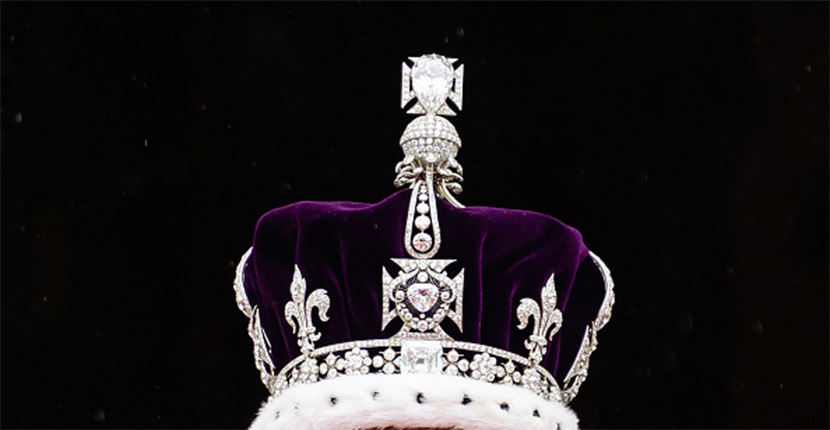
Queen Mary’s Coronation Crown was reworked for Queen Camilla with Cullinan diamonds from Queen Elizabeth’s personal collection. Photo Getty
Royalty
Elizabeth’s Diamonds Are In Camilla’s Crown
Cullinan III, IV and V were remounted in the Queen’s Coronation Crown
May 8, 2023—Royal jewelry history is rich with stories of recycling. Gems are reused. Metal is melted and applied to freshened up pieces. It’s been going on for hundreds of years. Generally, I’m fine with it. I understand the necessity for royals to move on and update jewels for new generations.
I admit, however, I was initially taken aback at the transformation of Queen Elizabeth II’s beloved Cullinan V Garrard brooch into a frontispiece for Queen Camilla’s crown. It just felt too soon.
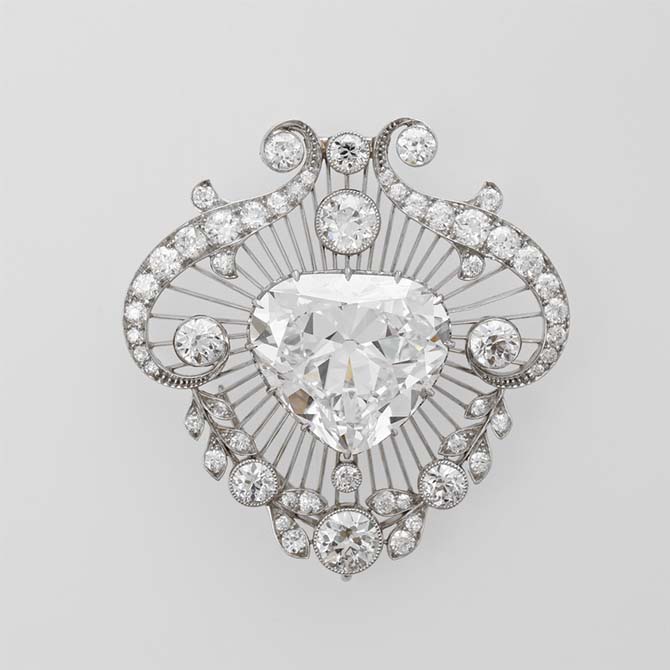
Well, it’s been days since the coronation and I’ve settled down by diving deep into the remounts.
Described as a “tribute to Queen Elizabeth II” by Buckingham Palace, there is a logic to why Cullinan V went into the Crown and history to Cullinan III and IV being set in the jewel.
Find out more below.
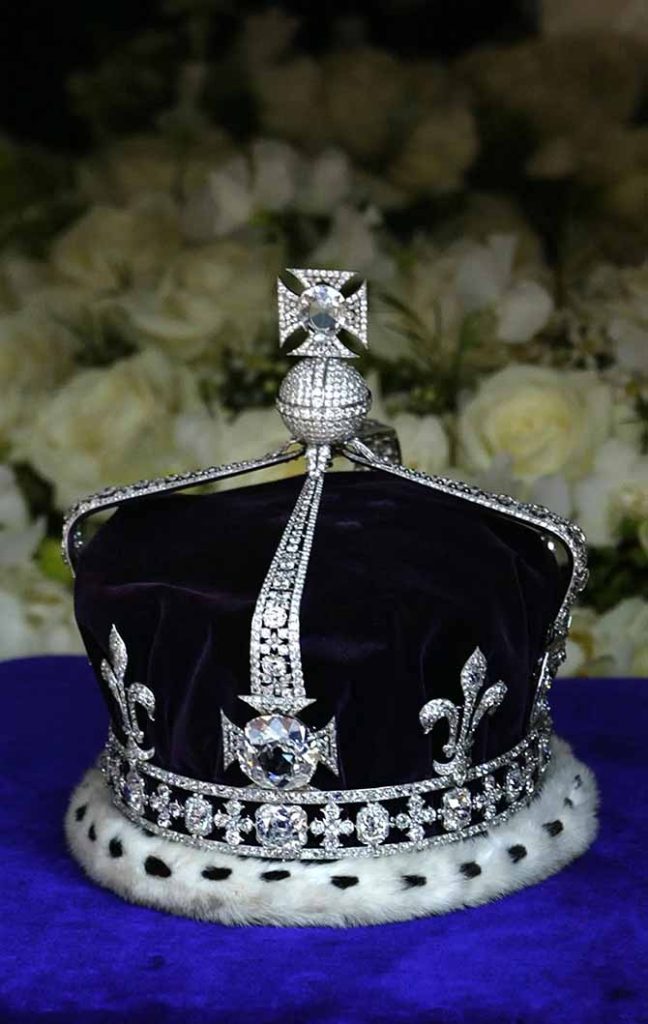
First things first, Buckingham Palace decided in their effort to pare down the coronation’s pomp and circumstance a new crown would not be made for Camilla.
When word of this was reported in the press there was an outcry that she might wear the most recently made Coronation Crown used by a Queen Consort. The problem with that was the Crown made for Queen Elizabeth II’s mother in 1937 is set with the controversial 105.6-carat Koh-i-Nor Diamond.
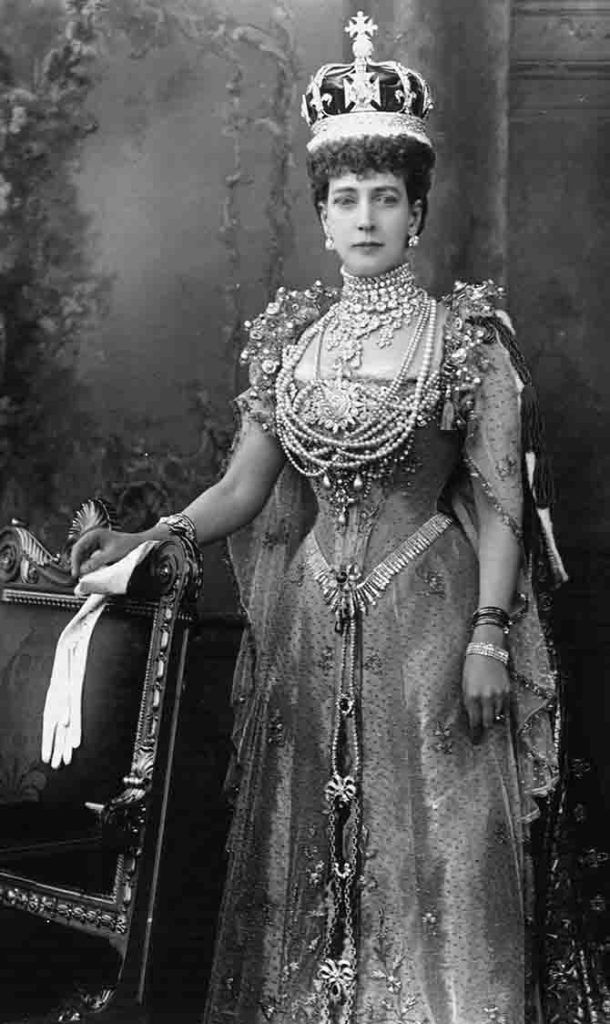
Originally gifted to Queen Victoria in the 19th century by the British who took it from the Sikh heir of India, the Koh-i-Nor has appeared in every Queen Consort’s Coronation Crown since Queen Alexandra (1902) and going on to include Queen Mary (1911) and, of course, Queen Elizabeth, The Queen Mother (1937).
The Indian government has asked for the Koh-i-Nor to be returned repeatedly. The Royal Collection isn’t giving it back. Instead, reportedly they have plans to put it on display in an exhibition detailing the history of the gem.
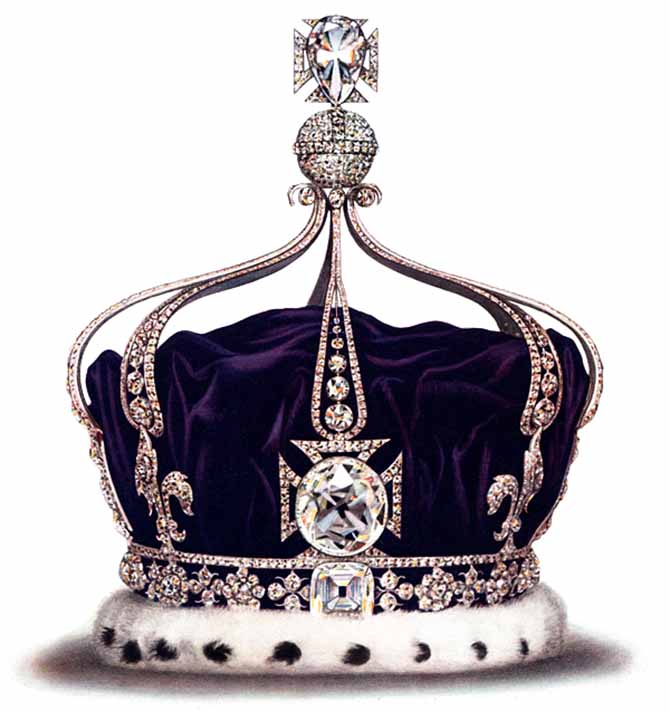
Rather than dealing with the real Koh-i-Nor in the Queen Mother’s Coronation Crown, Queen Mary’s Coronation Crown—which had a crystal replica of the Koh-i-Nor where the real one was once situated—was transformed for Queen Camilla.
In an effort to update the look of the crown, Garrard removed four of the arches on top. The alteration ironically made it look similar to the Queen Mother’s slightly more modern Crown.
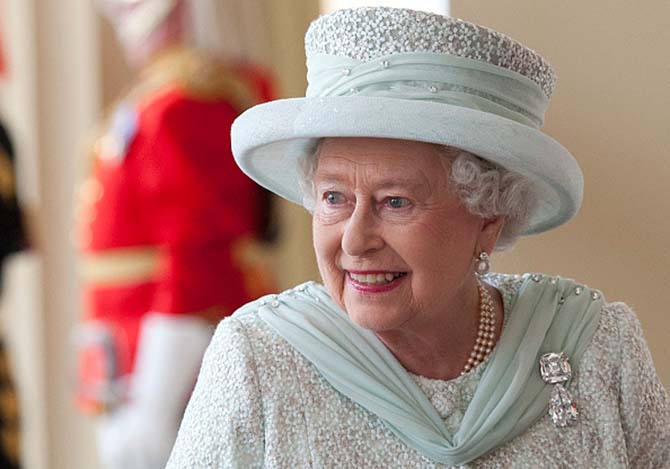
When the Crown was originally designed for Queen Mary in 1911, it was set with Cullinan III and IV diamonds. The gems were later removed and mounted in a brooch.
When the Cullinan III and IV brooch was bequeathed to Mary’s granddaughter Queen Elizabeth II, the monarch referred to the diamonds as “Granny’s Chips.”
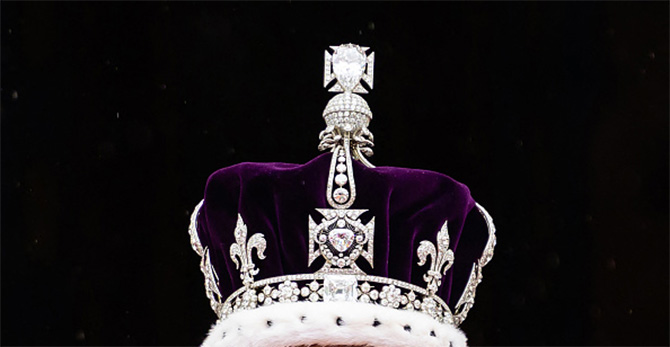
It was a little jewelry humor as they were chips off the old block of the 3,106 carat Cullinan Diamond given to Edward VII by the government of Transvaal as a 66th birthday present and, according to the Royal Collection Trust, as a “symbolic gesture intended to heal the rift between Britain and South Africa after the Boer War.”
Cullinan III, a 94-carat pear shape, was returned to the top motif in Queen Mary’s Crown for Camilla. And Cullinan IV, a 63.6 carat square cut, was placed at the center of the circlet.
These two diamonds on the crown make it look flashier than the Queen Mother’s platinum and diamond crown. In other words, the Camilla Crown doesn’t really align with the idea of a toned-down coronation.

At the center cross of Camilla’s Crown is the Cullinan V brooch. It’s the one that shook me in the remount, but I’ll admit there was sensitivity to the way it was done.
First, the platinum jewel featuring the 18.8 carat heart shape Cullinan V diamond was left intact, a fact first pointed out to me by the eagle eyed jewelry researcher Claudine Seroussi Bretagne. It’s a signal all involved knew how attached people are to the brooch.
The Cullinan V brooch is in the spot on Camilla’s Crown where the Koh-I-Nor was once set for Queen Mary. Using the jewel which is a symbol of love as a replacement for a controversial stone, I suppose, is akin to clearing the air with some sage.
The Cullinan V brooch was made for Queen Mary in 1911. It became among Queen Elizabeth’s favorite jewels. She wore it perpetually throughout her 70-year long reign.
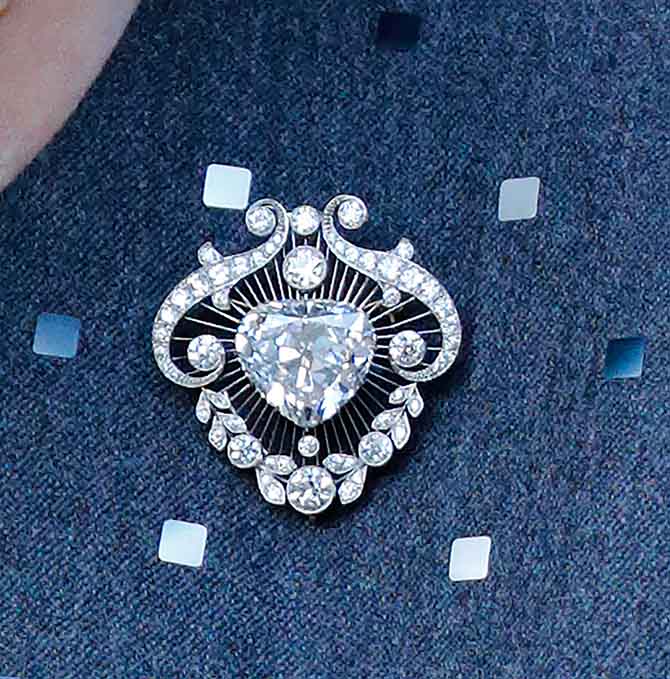
I’ve often referred to the Cullinan V brooch academically, because it illustrates so many different types of platinum techniques in the design.
Knife-edge platinum spokes spread out from the center. Swirls of the metal embrace smaller diamonds on the frame. Millegrain, small beads, cover the surface and add delicate texture. All of these flourishes were possible with platinum because of the metal’s strength.
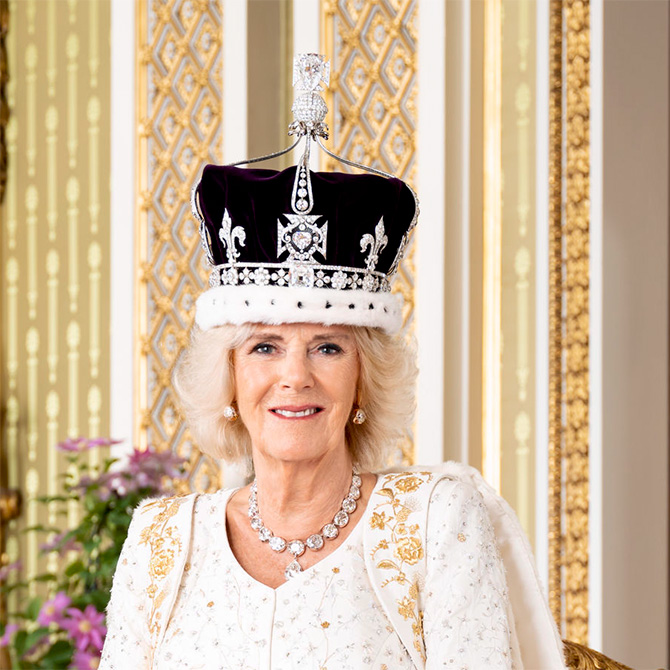
Going forward I suspect we will continue to see the Cullinan V brooch at the opening of Parliament. Most likely Camilla’s Coronation Crown is convertible and can be worn as a circlet on those occasions. The process would involve removing the arches, velvet and ermine from the design.
After my initial upset, now I believe this is a nice new chapter for the Cullinan V jewel or as Shakespeare would say, “All’s well that ends well.”
Related Stories:
Kate Wore Diana’s Earrings Backwards
The Crowns and Lack of Tiaras at the Coronation
What It’s Actually Like to Wear The Crown
Get a gem in your mailbox SIGN UP FOR THE ADVENTURINE NEWSLETTER




